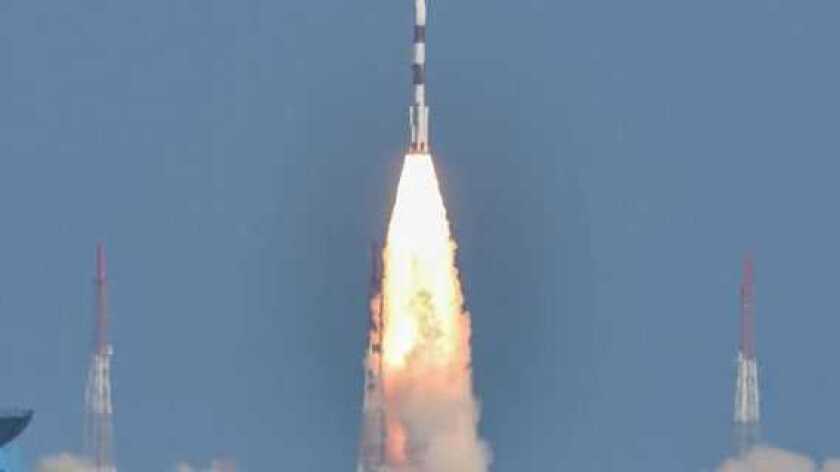The low Earth orbit (LEO) satellite will cover equatorial regions, between 40°N and 40°S, said Lacuna, using internet of things (IoT) technology to monitor forest ecosystems and systems that create greenhouse gases.
“We are continuing to push the boundaries of what’s technically possible with extremely low power IoT technology with each generation of IoT gateways we are putting into space,” said Rob Spurrett, CEO of Lacuna Space.
He said the latest satellite, launched on India’s PSLV-C49 mission, will use LoRaWAN (long range wide area network) technology, giving it high sensitivity and capacity for message reception from devices.
“It also allows us to better cover regions around the equator offering more opportunities for our technology partners and IoT services providers across South America, Africa and south-east Asia,” said Spurrett.
The equatorial band covered by the new satellite reaches as far north as Madrid and as far south as Cape Town, said Lacuna. The launch comes just days after Lacuna announced a previous launch for its growing IoT network.
The satellite platform and early operations have been supplied by nanosatellite integrator NanoAvionics. Other key equipment was provided by Oxford Space Systems and Parametric in Switzerland, said Lacuna, based at Harwell in Oxfordshire.
Service commissioning – the on-orbit checkout period – is underway and telemetry data is already flowing back, said the company. The mission is expected to enter full service before the end of the year.
Lacuna said one of its early partners has been Sustainability Tech, a technology systems developer that focuses on tropical forest ecosystems in south-east Asia. Sustainability Tech is working with it to produce new satellite-connected sensors that monitor wetland hydrology.
These enable a variety of companies, from commercial plantation managers to conservation projects such as peatland restoration, to monitor fire risk and water levels from any internet-connected device.
Josh Van Vianen, managing director of Sustainability Tech, said: “The Lacuna satellite connection allows our clients to monitor their peatland restoration impact in harsh environments with more reliable uptime and lower costs compared with first generation systems. This is exactly the type of technology needed to massively scale up the climate solutions necessary to protect our planet from further warming.”
Another partner is Interco Cloud, an IT integrator based in Colombia, that Lacuna Space has been working with to develop forest monitoring services across Latin America. Together they also enable governments in the region to monitor electricity generation from solar farms in the remote regions, where other networks become cost prohibitive.
Nelson Velandia, CEO of Interco Cloud, said: “The low availability of land connectivity, especially in the jungle tropics, hinders the viability of these projects. Lacuna Space is a strategic partner to integrate these types of solutions, where short messages are needed, making the project viable. This new satellite in equatorial orbit will also allow us to better advance such projects.”






